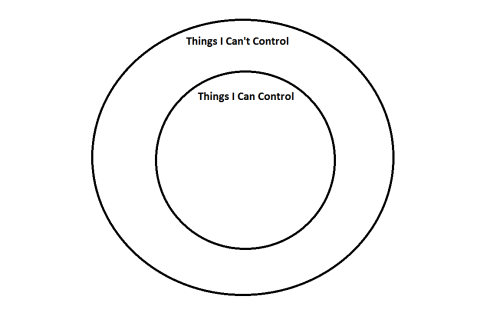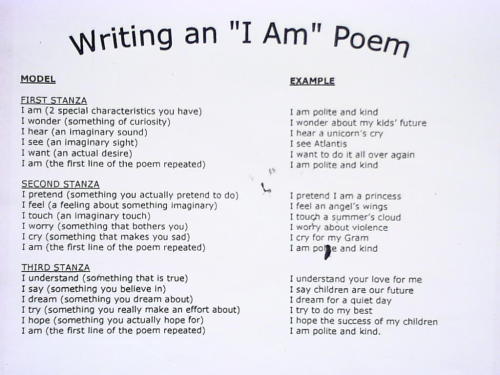When working with clients that have a history of abuse or unstable relationships, I find it helpful to do a genogram with them. As Wikipedia explains it, a genogram "...is a pictorial display of a person's family relationships and medical history." It's like a more detailed family tree, that helps clients to observe family relationships and patterns, giving them a better understanding of how those patterns have affected them in the present. The attached image gives basic symbols that are used on a genogram, but I always encourage clients to add their own symbols if they find important patterns or feel like something should be included that's not already listed on the genogram key.
I usually have client's start with their grandparents on each side of the family and work their way down to their immediate family, while also having them include any other family relationships that were a major part of their life. Genograms can be confusing, so it's important to walk through this exercise with your client. I try to have them get down the relationships first, before having them add any symbols.
After the relationships are on paper, the client's add symbols for how the relationships were (i.e. fused, hostile, abusive, etc.) and any important experiences/ailments family members may have experienced (i.e. substance abuse, mental illness, etc.). The paper will get very messy, so I always warn my client's that the genogram is not meant to be pretty.
At the end, I go over the relationships on the paper, any patterns the client observes, and how the family relationships and patterns have affected them in the past and in the present. It allows you to learn more about your clients, and as one client told me, being able to see the patterns of abuse on paper really solidified for her why she tended to enter abusive relationships. If you are looking for genogram examples, you can find some here.









